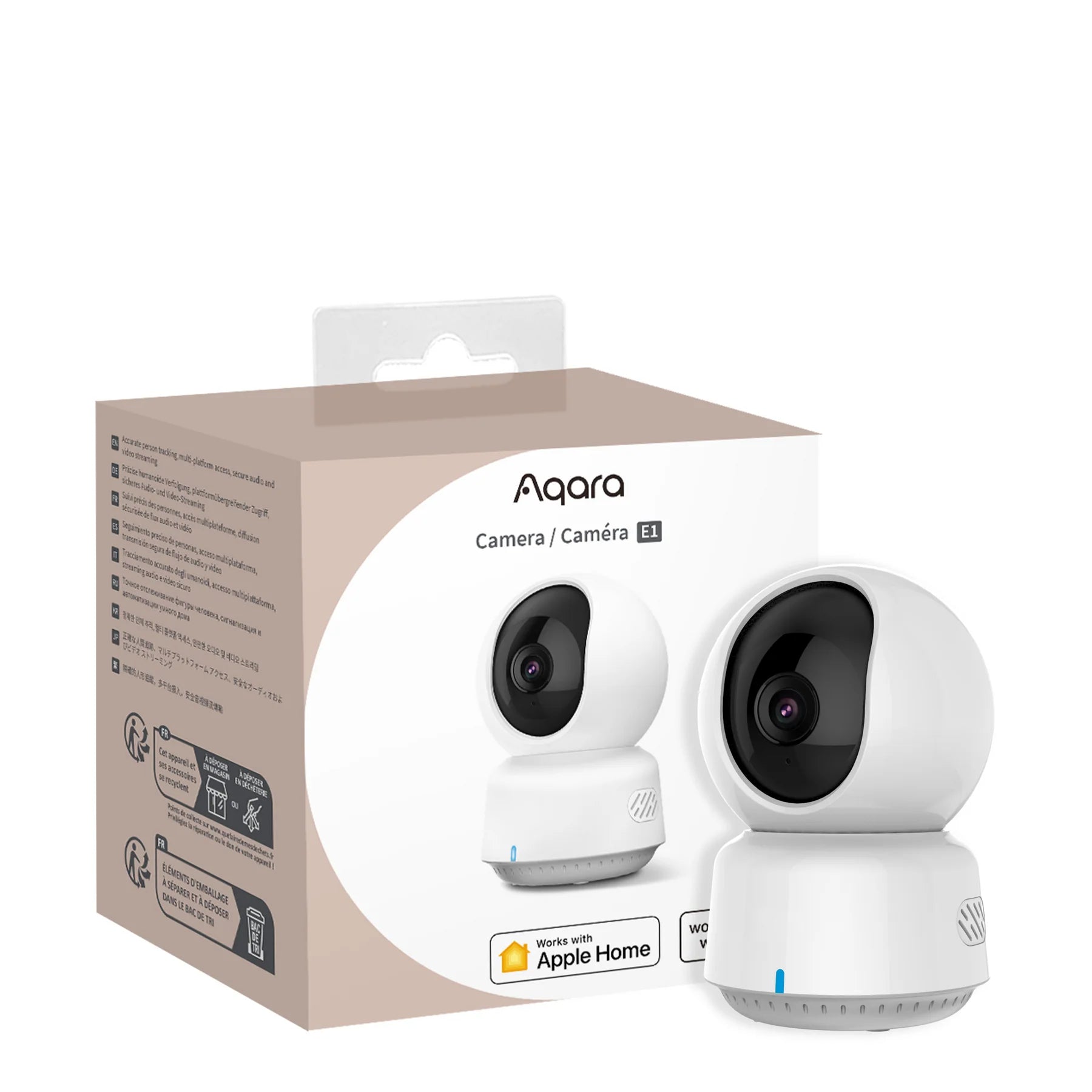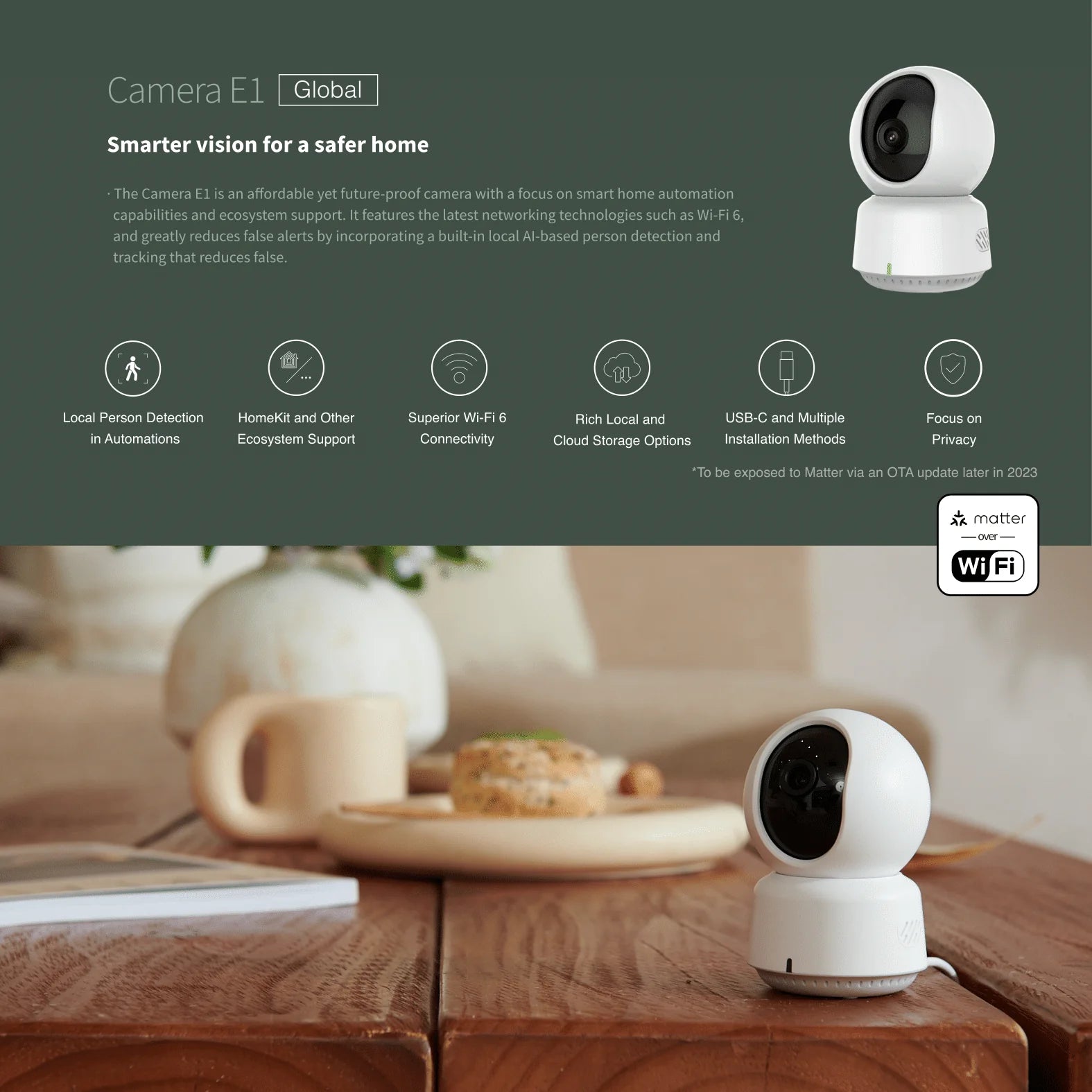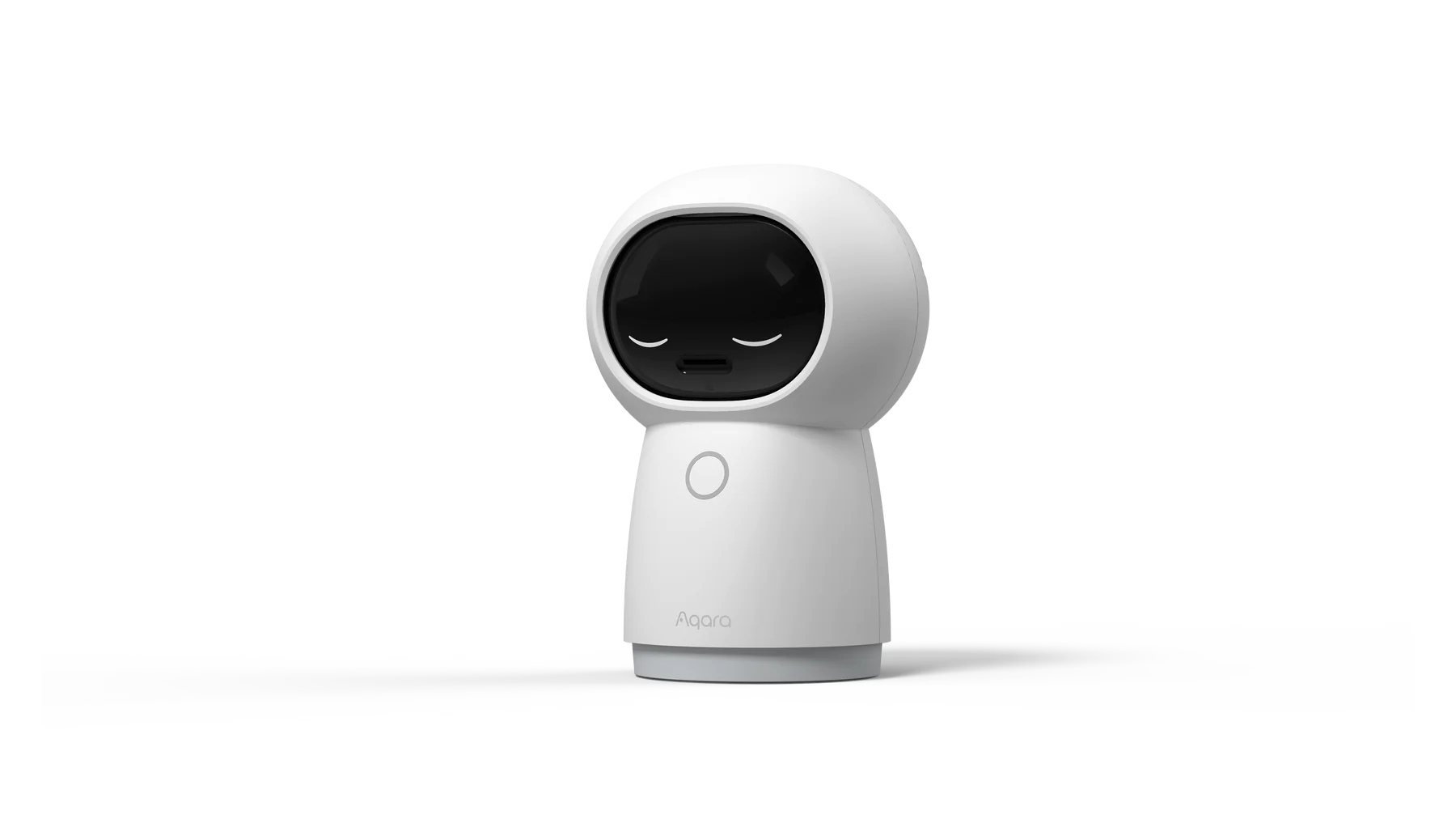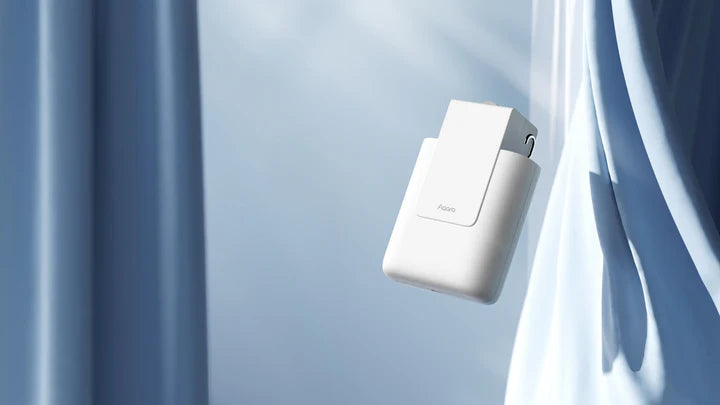How Many Christmas Lights Do You Need for Your House? A Complete 2024 Guide
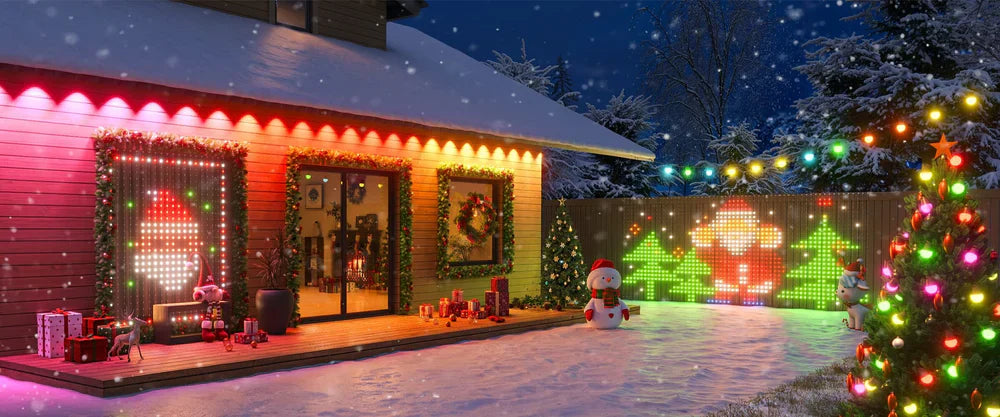
uestion every holiday decorator faces.
Whether you're aiming for a subtle glow or a dazzling winter wonderland, the right number of lights can make or break your display. In this guide, we’ll walk you through step-by-step tips on calculating how many lights you’ll need for every part of your home—inside and out! From the roofline to the trees in your yard, we’ve got you covered. Let’s get started!
How to Calculate Christmas Lights for Your Roofline
Your roofline is the centerpiece of your outdoor Christmas lighting display, and getting the right number of lights is essential. Here’s how you can calculate it:
- Consider house size and roof shape: Measure the perimeter of your roofline with a measuring tape or string, including any peaks or gables.
- The basic formula: Multiply your total roof perimeter (in feet) by the recommended spacing between bulbs (usually 6 to 12 inches, converted to feet). For example, if your roofline is 100 feet long and you choose 12-inch spacing, you'll need 100 bulbs.
- Type of lights: LED lights are brighter, more energy-efficient, and last longer than traditional incandescent lights—perfect for rooftop displays.
- 💡Pro Tip: Use clips to secure the lights, ensuring a neat and safe setup.
How Many Christmas Lights Do You Need for Trees and Shrubs?
- General rule of thumb for tree height vs. light count
- Calculating lights for different tree sizes (e.g., small, medium, large)
- Wrapping vs. draping lights on trees
- Types of lights that work best for trees: mini lights, icicle lights, etc.
- Bonus: How to light up bushes and shrubs for a cohesive display
Trees and shrubs are the perfect spots to add a little holiday magic. But how many lights do you need? Here’s the breakdown:
- Tree height vs. light count: A common rule of thumb is to use 100 lights for every vertical foot of a tree. So, for a 6-foot tree, you’d need about 600 lights.
- Wrapping vs. draping lights: For a more traditional look, wrap the lights around the trunk and branches. For a softer, more natural look, drape the lights loosely.
- Shrubs and bushes: Use net lights to easily cover bushes or string lights for custom wrapping.
- Best light types: Mini lights are a popular choice for trees and shrubs because of their flexibility and brightness.
Lighting Your Walkway and Pathways
Your walkway can be just as festive as the rest of your home. Here’s how to light it up:
- Recommended number of lights: For string lights or stake lights along your pathway, aim for one light every foot or two for even spacing.
- Style options: Pathway stake lights offer a neat and structured look, while string lights can be wrapped around small bushes or planters to complement your walkway.
- Safety: A well-lit walkway is not only festive but also practical for guiding guests safely to your door.
- 💡Pro Tip: Use LED pathway stake lights for energy efficiency and durability.
Indoor Christmas Lights: Decorating Windows, Mantels, and More
Don’t forget to bring the holiday cheer inside! Here’s how many lights you’ll need for your indoor decorations:
- Windows: For an average window frame, about 50-100 lights should do the trick, depending on the size of the window and the type of lights.
- Mantels and railings: When decorating mantels or stair railings, 50 lights per 6 feet of space is a good starting point.
- Creating atmosphere: Choose warm white LED lights for a cozy, inviting look indoors. You can also add twinkling lights for a more dynamic display.
- Energy efficiency: Consider using LED lights indoors as they consume less power and produce less heat, making them a safer option for close quarters.
Additional Tips for Energy-Efficient Christmas Lighting
The holiday season shouldn’t lead to a huge energy bill. Here’s how to keep your Christmas lighting energy-efficient:
- LED vs. incandescent bulb: LEDs use about 75% less energy than incandescent bulbs and last much longer, making them the better choice for both indoor and outdoor use.
- Wattage: Calculate how many watts your lights are using to ensure you don’t overload your circuits. LED lights are much more energy-efficient in this regard.
- Solar-powered lights: These are great for eco-conscious decorators, especially for outdoor displays that get plenty of sun during the day.
- Smart plugs and timers: Using a smart plug or timer allows you to control when your lights are on, ensuring they don’t run all night and waste energy.
Common Mistakes to Avoid When Calculating Christmas Lights
- Overestimating or underestimating the number of lights
- Not factoring in light length and spacing
- Ignoring the impact of weather and wind on outdoor displays
- Using the wrong type of lights for certain areas (e.g., indoor vs. outdoor)
- Forgetting to test your lights before installation
Even with the best planning, a few common mistakes can throw off your Christmas light display. Avoid these pitfalls to ensure your decorations go up smoothly:
- Overestimating or underestimating the number of lights: It’s easy to misjudge how many lights you’ll need. Overestimating can lead to wasted lights, while underestimating means your display might look sparse. Measure and calculate carefully!
- Not factoring in light length and spacing: Remember to account for the total length of your light strings and how much space you need between bulbs, especially when wrapping trees or covering large areas.
- Ignoring the impact of weather and wind: Outdoor displays need to be able to withstand strong winds or heavy snow, which can damage lights if they aren’t secured properly. Try to use permanent lights.
- Using the wrong type of lights for certain areas: Indoor lights aren’t designed to handle moisture or cold temperatures. Always use outdoor-rated lights for exterior displays. For a more considerate solution, consider permanent outdoor lights, which can be installed once and used year-round. They are designed to withstand various weather conditions and can be easily controlled via a smartphone app, making it easy to switch from festive Christmas colors to everyday white lighting.
- Forgetting to test your lights before installation: There’s nothing worse than hanging up a strand of lights only to find out they don’t work! Test each set of lights beforehand to avoid frustrating rework.
Conclusion
By now, you should feel confident in knowing how many Christmas lights you need for your house. Whether you’re aiming for an elegant, understated glow or a full-blown light show, the right amount of lights makes all the difference.
Remember to plan carefully, measure your space, and choose the best lights for each area. And most importantly, have fun with it—after all, Christmas is about spreading joy and creating magical moments. If you found this guide helpful, be sure to check out our other decorating tips for the holiday season!
Govee / Authorised Govee Distributor / Dbgtech Solutions / Mumbai

